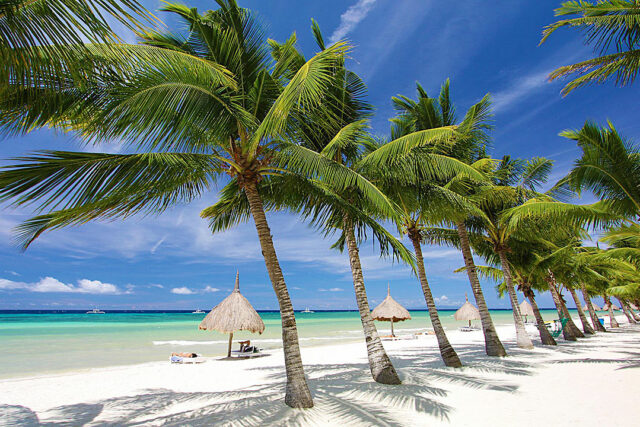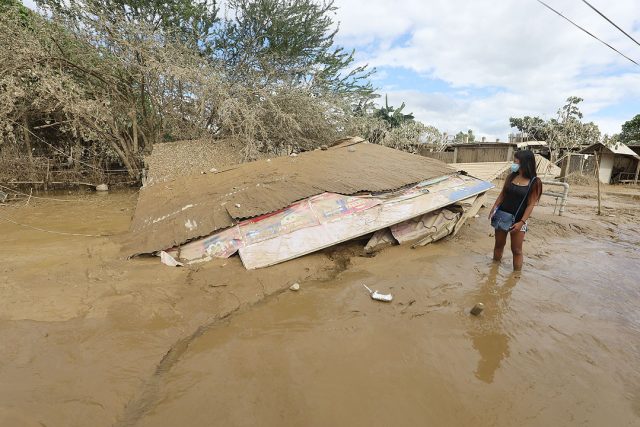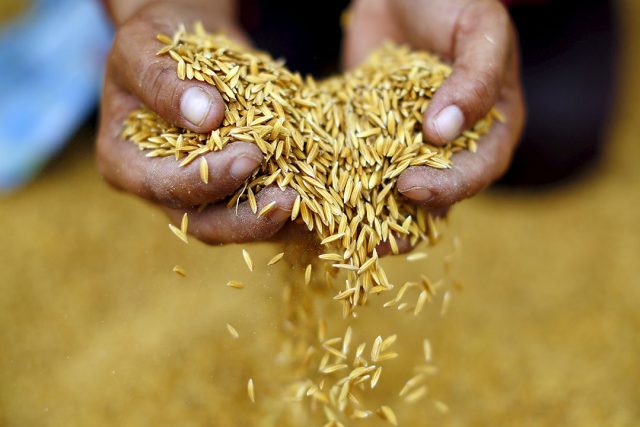Aside from traveling the world, my bucket list includes going to live concerts of my favorite artists. I’m sure most people my age are the same. In the Philippines, fans are lucky to have concert venues that can accommodate a large scale audience, which makes our country appealing to concert organizers. When it comes to concert venues, I’m pretty sure the Philippine Arena and Philippine Sports Stadium are among those that come to mind. These are the two largest event venues in the country which are both located in Bulacan.
In the coming years, however, Bulacan will not only be on the minds of concert goers but also of foreign investors.
In June, the bill creating the Bulacan Special Economic Zone and Freeport lapsed into law as Republic Act No. 11999 and took effect on July 13. This law establishes the Bulacan Ecozone or “the BuZ.” The purpose of this new ecozone is to attract foreign investment that will generate employment and increase productivity and individual, as well as family, incomes.
The BuZ covers: (a) the Airport Project and the Airport City Project of San Miguel Aerocity, Inc., which includes the development of a new Manila International Airport in Bulakan, Bulacan; and (b) land of certain cities and municipalities in Bulacan that are not yet included as component parts of the Airport Project and the Airport City Project.
The law also establishes the Bulacan Special Economic Zone and Freeport Authority (BEZA). The purpose of BEZA is to manage and operate the BuZ, in accordance with the provisions of the law; and to establish the general framework for land use, planning and development for the BuZ. The BEZA is to be organized within 180 days from the effectivity of the law.
Let’s discuss the salient features of the BuZ.
REGISTRATION WITH BEZA
Prospective locators within the BuZ may register with BEZA and qualify for business incentives in accordance with Republic Act No. 11534, otherwise known as the Corporate Recovery and Tax Incentives for Enterprises Act (CREATE). However, the Airport Project and the Airport City Project remains covered by its specific franchise granted under Republic Act No. 11506, including the incentives and regulatory regime provided by that law.
The management and operations of any existing Philippine Economic Zone Authority (PEZA)-supervised economic zones in the BuZ will remain with PEZA. Any existing PEZA-registered locators within the BuZ will have the option to register with PEZA or the BEZA. The capitalization requirement and incentives granted by the two Investment Promotion Agencies (IPA) are basically the same.
The BuZ also allows foreign citizens and companies owned by non-Filipinos to set up enterprises in the BuZ in any sector of industry, international trade and commerce subject to existing laws, rules and regulations on foreign equity restrictions.
SPECIAL CUSTOMS TERRITORY
The BEZA will operate and manage the BuZ as a separate customs territory. As such, BEZA is to establish a permanent customs control or customs office at its perimeter to enhance revenue collection and prevent imports of prohibited goods into the customs territory. On the other hand, exports or removal of goods from the BuZ to other parts of the Philippines are subject to customs duties and taxes.
INCENTIVES FOR ECOZONE ENTERPRISES/INVESTORS
Registered enterprises operating within the BuZ may apply for fiscal incentives granted under CREATE, and such other fiscal incentives as may be provided by law (e.g., R.A. No. 11506). This includes an income tax holiday, the special corporate income tax rate (SCIT) of 5% or enhanced deductions, VAT and duty exemption on imports, and VAT zero-rating on local purchases, among others. The grant of fiscal incentives by the concerned IPA shall only be to the extent of the approved registered project or activity of the registered business enterprise.
Foreign nationals, who either intend to invest in the BuZ or possess highly specialized skills, can apply for a special resident visa within the territorial coverage of the BuZ while the investment subsists.
A Special Skills Visa is available to foreign executives and foreign technicians with highly specialized skills which no Filipino possesses. Applications are to be sponsored by the registered enterprises that require the expertise of the applicants. The law also requires that such enterprises formulate and undertake an understudy or skills development program to ensure the transfer of technology or skills to Filipino workers.
An Investors Visa, on the other hand, is available to any foreign national who invests $250,000, either in cash and/or equipment, in a BEZA-registered enterprise.
REVENUE SHARING
The revenue from the 5% SCIT to be collected from the registered enterprises will be allocated as follows — 40% to the National Government, 20% to BEZA, and 40% to local government units.
IMPLEMENTING RULES AND REGULATIONS
The implementing rules and regulations (IRR) are due within 90 days from the effectivity of the law. The draft IRR as of Sept. 27 has been released on the website of the Board of Investments for public comment.
The creation of the Bulacan Ecozone is expected to generate revenue from investments, exports, and taxes that will boost the economy. The ecozone will also provide more job opportunities. It is hoped that investors will be sufficiently enticed and not miss the BuZ.
Personally, I look forward to the creation of the new airport as it will attract more tourists and international artists to perform in the country. Who knows? Maybe we can finally have a Taylor Swift and BTS concert here.
The views or opinions expressed in this article are solely those of the author and do not necessarily represent those of Isla Lipana & Co. The content is for general information purposes only, and should not be used as a substitute for specific advice.
Nestine P. Buisan is a senior manager at the Tax Services department of Isla Lipana & Co., the Philippine member firm of the PwC network.
nestine.p.buisan@pwc.com












